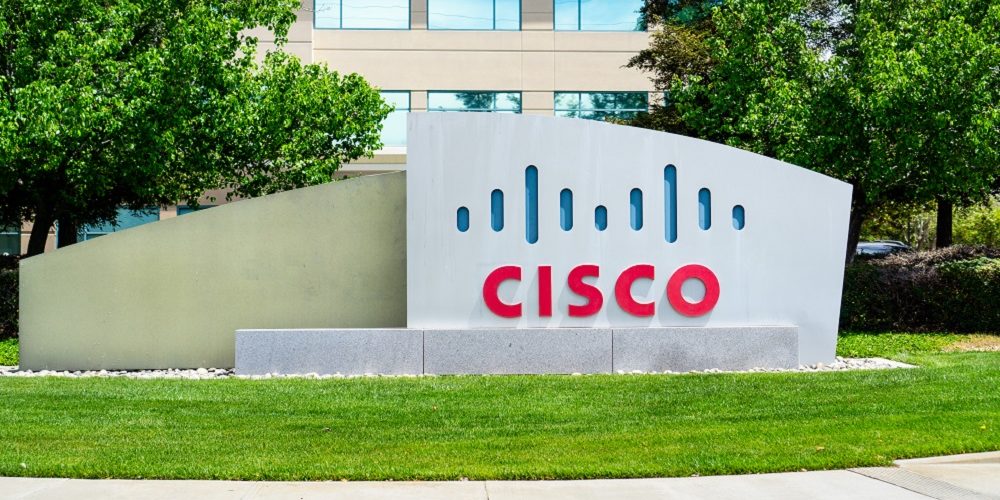Cisco’s first ever Hybrid Work Index sheds light on key hybrid work collaboration trends that should help integrators make informed decisions about their unified communication and collaboration customers, and it reaffirms the demand for remote work and meeting equity.
Specifically, 64% of employees of Cisco’s customers agree that a remote work option directly affects whether they stay or leave a job. However, only about half (47%) of the employees surveyed believe their company will allow working from anywhere over the office in the next six months to a year.
The index also found that flexibility and wellness are key drives for hybrid work, with a majority of respondents saying personal health, wellness and flexible work arrangements are a must in the hybrid work era.
Employees are also increasingly joining meetings from mobile devices, as 27% of Cisco customers are using mobile devices to join meetings. Before the pandemic, that figure was at just 9%.
The index also highlighted the importance of meeting equity and making sure every participant gets an equal seat at the table. According to Cisco, only 48% of participants are likely to speak in an environment that overwhelmingly includes remote workers.
Other findings include the explosion in usage of AI capabilities. According to Cisco, the use of AI tools like noise reduction, automatic transcriptions and translations, polling and gesture recognition increased over 200% from July through September 2021.
The Hybrid Work Index sheds light on key findings for technology leaders, giving IT insight into where the challenges remain and where opportunity exists.
Read Next: 2021 Hybrid Work Special Report
For example, the index found that home networks are now one of the most critical parts of the enterprise network, as teleworker devices have doubled in growth compared to small and medium business routers since the start of the pandemic.
Cisco’s Hybrid Work Index also touched on the cybersecurity implications of hybrid work, citing the growth (2.4 times) of malicious remote access attempts since the pandemic. Just last month, the hybrid workforce was targeted with more than 100 million email threats daily, according to Cisco.
However, despite the clear need for cybersecurity tools and endpoint protection, collaboration apps are still the most critical for hybrid work success, according to survey respondents, and are the most monitored application type globally. Collaboration apps now rank above secure access and productivity application monitoring, according to Cisco.
The shift to remote work has necessitated a major investment in cloud computing for many organizations, and in large part, cloud provider networks have demonstrated more stability than ISPs, according to the index, as cloud providers have accounted for just 5% of outage incident volume, while ISP networks have accounted for the remainder.
Despite global feelings that remote work should remain, data shows that employees are going back to the office, as devices connected to office-based Wi-Fi networks has increased 61% over the last six months. According to Cisco, higher education, professional services and hospitality are driving that growth.
“We’re truly at a unique time, with the ability to redefine work,” said Chuck Robbins, the company’s chair and CEO, in a statement. “All employees around the world want a workplace that enables them to do their best, and it is our responsibility as business leaders to learn how best to support and enable our employees, however and wherever they work.”
A version of this article originally appeared on our sister site My TechDecisions.










